Some dogs bark at the mailman like he’s a villain in a superhero movie. Others run from a vacuum cleaner like it’s a monster on wheels. So, what are dogs scared of?
A lot more than you might think and many fears actually make sense once you understand them. Just like people, dogs can get spooked by certain sounds, objects, or situations. Some pups even startle at people wearing hats or freeze up on car rides.
Want to know why your dog flips out at thunder or strangers? Keep reading to uncover the truth behind those tail-tucked, wide-eyed moments.
Why It’s Important to Recognize Dog Fears

Not all tail wags mean your dog is happy. Some pups hide their worry behind barks, pacing, or wide eyes, and knowing the signs can help big time.
- Fear Changes a Dog’s Behavior. Fearful behavior shows up in different ways. A scared dog might bark too much, growl, hide, or even try to run away from home. These reactions can confuse pet parents if they don’t know what’s really going on.
- Fear Can Make Dogs Feel Sick. Dogs who stay upset for too long might stop eating, lose sleep, or act jumpy all the time. That kind of stress can mess with their tummy or even lead to other health troubles.
- Fear Makes Training Harder. Trying to teach a dog when they’re scared is like trying to focus during a thunderstorm. Fear in dogs blocks learning and slows down behavior modification.
- Fear Can Lead to Aggression. Some dogs deal with fear by barking or snapping. They’re not being mean—they just feel cornered or unsafe and don’t know what else to do.
Most Common Dog Fears at Home
Many dogs feel nervous even inside the place they trust the most—their home. From loud sounds to being left alone, a scared dog can react to everyday stuff in ways that surprise pet parents.
Loud Noises Like Thunderstorms and Fireworks
Thunder, fireworks, smoke alarms, and even a microwave beep can trigger fear in dogs. Loud noises often confuse and upset them. Fearful dogs might shake, bark, or hide under the bed. These sudden sounds often link to negative associations that leave pups jumpy and scared. Many dogs deal with these sounds by running or whining.
Vacuums, Blenders, and Other Household Appliances
Household gadgets can sound like growling beasts to a scared dog.
- Vacuums roar and move fast
- Blenders make high-pitched whines
- Hair dryers blow strong air
Fearful behavior around these tools is common. Many dogs develop fear responses based on how sudden or loud these items are. Pet owners often notice their pup barking or avoiding the room when appliances come out.
Being Left Alone
Dogs with separation anxiety feel upset when their favorite person leaves. This fear in dogs leads to pacing, barking, or chewing furniture. A scared dog may also try to escape or follow you everywhere. Pet owners can slowly introduce routines to help their pups feel safe when left alone.
Sudden Touches or Unexpected Handling
Waking a dog with a surprise touch can trigger fear or even a defensive reaction. Some pups lose control when touched without warning. Fearful dogs may growl or jerk away if they feel startled. Understanding body language helps pet parents avoid moments that trigger fear. This is common in dogs with a traumatic experience or lack of socialization.
Strangers Entering the Home
New people can make dogs anxious, especially if they enter quickly or talk loudly. Strangers often trigger fear when dogs don’t recognize their scent or voice. Some pups react by barking or hiding. Slowly lure a scared dog into comfort by letting them observe from a distance first.
Raised Voices or Arguments Between People
Dogs pick up on raised voices and tension fast. Yelling or loud arguing can trigger fear in dogs and make them feel like they’re in a scary place. Some dogs shake, hide, or bark when emotions run high. Even the sound of a slamming door can make a pup flinch or seek a safe spot.
Dog Fears Outdoors and in Public
The world outside can feel like a scary place to a nervous pup. Loud sounds, fast movements, and strange dogs can all trigger fear in dogs, especially if they’ve had negative experiences before.
Car Rides or Trips to the Vet
Many dogs shake or whine during car rides because they connect them with going to the vet. That fear response gets stronger if the dog had a traumatic experience or scary visit. Pet owners can slowly introduce short trips with treats and calm praise. A board-certified veterinary behaviorist can help with behavior modification if needed.
Crowded Spaces or Unfamiliar Places
Busy streets or crowded parks can overwhelm a fearful dog. New people, other animals, and fast foot traffic all trigger fear. Some dogs deal with this by freezing or barking. Slowly lure your pup into these areas with short visits and plenty of treats. Socialization can help dogs feel safe in these certain situations.
Sudden Movements, Bicycles, or Skateboards
Quick-moving objects like bikes or skateboards often scare dogs. The speed and sound can feel like a threat to their safety. Most dogs prefer steady movement and space to observe. Fearful dogs may bark or chase out of panic. Pet parents should pay attention to their pup’s body language in these moments.
Construction Sites or Loud Outdoor Equipment
Loud outdoor tools can startle even confident pups. Leaf blowers, jackhammers, or lawnmowers can trigger fear in dogs with sensitive ears. These sounds might remind them of other loud noises like thunderstorms. If your dog is afraid, avoid walking near active work zones. Treats and calm words can help your pup feel safe again.
Strange Dogs or Aggressive Animal Encounters
Running into strange dogs can make your pup nervous, especially if they’ve been barked at or chased before. Some dogs develop fearful behavior around their own kind or other species after a bad experience. One dog might sniff politely while another growls. Keep space between your pup and new dogs and watch for signs of fear.
Surprising Dog Fears You May Not Expect
Some fears seem odd to us but feel very real to a scared dog. Fearful dogs may react to simple things like shiny floors or strange outfits with barking, hiding, or even freezing in place.
Hats, Umbrellas, or Costumes
A dog’s fear can kick in fast when a person looks totally different. People wearing hats or holding umbrellas can confuse a pup’s view of body language. Add costumes into the mix and now your dog might see a stranger instead of their favorite person. Slowly introduce these changes with treats to build trust and reduce fearful behavior.
Reflective Surfaces, Mirrors, or Shiny Floors
Mirrors and shiny floors confuse many dogs. Some pups bark at their own reflection or slip and slide across slick floors. These moments can trigger fear in dogs who rely on steady footing and clear views. To help, pet owners can add rugs or block off rooms that make the dog feel unsafe.
Certain Textures or Surfaces
Weird textures can throw off a pup’s balance or confidence. Some dogs develop fear around surfaces that feel strange or move beneath them.
- Tile floors feel cold and slippery
- Metal grates have gaps that spook their paws
- Trampolines bounce in unexpected ways
Many dogs avoid these textures until they feel safe again.
People in Uniforms
Mail carriers, delivery folks, or anyone in a uniform can trigger fear in dogs. These people move fast and often come right to the door. A scared dog may bark, growl, or pace as they try to make sense of the situation. Slowly introduce your pup to new people with space, calm voices, and treats.
How to Help a Dog Cope With Fear Triggers

You can’t always control what triggers your pup, but you can help them handle it better. With the right tools, a scared dog can turn into a chill, confident buddy.
- Use Desensitization and Behavior Modification. Slowly introduce your dog to whatever scares them, like car rides or loud noises. Use treats and a calm voice to reward brave behavior. A board certified veterinary behaviorist can also help build a plan that works.
- Watch Body Language and React Early. A twitchy tail or stiff body is a clue your dog feels unsafe. Step in early with treats or redirection before fear turns into barking or other fearful behavior.
- Try Calming Products With Natural Ingredients. Products like our CBD Calming Chews support dogs with anxious behaviors. Ingredients like CBD, chamomile, and L-tryptophan help relax your pup without making them drowsy. Bonus: they taste like peanut butter and sweet potato.
- Add CBD Treats to Daily Wellness Routines. Our CBD Wellness Dog Treats include broad-spectrum CBD oil, blueberries, flax seeds, and sweet potatoes. These tasty bites support overall mood and health.
Final Thoughts – Understanding and Managing Your Dog’s Fears
Every dog has something that rattles their nerves. Whether it’s loud noises, strangers, or the dreaded vacuum cleaner, those fears and phobias are real to them.
The good news? You can help your pup feel safe, confident, and calm with a little patience and the right support. Paying attention to your dog’s fear triggers and using training, treats, and love goes a long way.
For added support, HolistaPet offers CBD treats, calming chews, and oils made just for dogs and cats. These gentle, plant-based options help support wellness and bring peace back to your pet’s daily life. Because every pup deserves to feel safe—inside, outside, and everywhere in between.



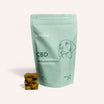

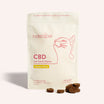
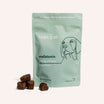
![Probiotics For Dogs [Soft Chews] - HolistaPet](http://www.holistapet.com/cdn/shop/files/Probiotic-Infographic-1_472d7a29-e30c-435a-9638-1365d8c3a9f9.jpg?v=1725384841&width=104)
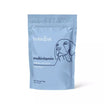
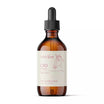

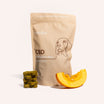
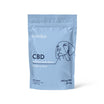
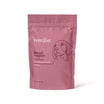
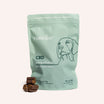
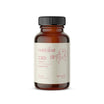
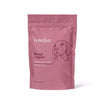
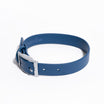
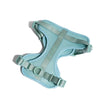
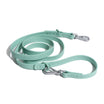

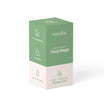
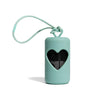





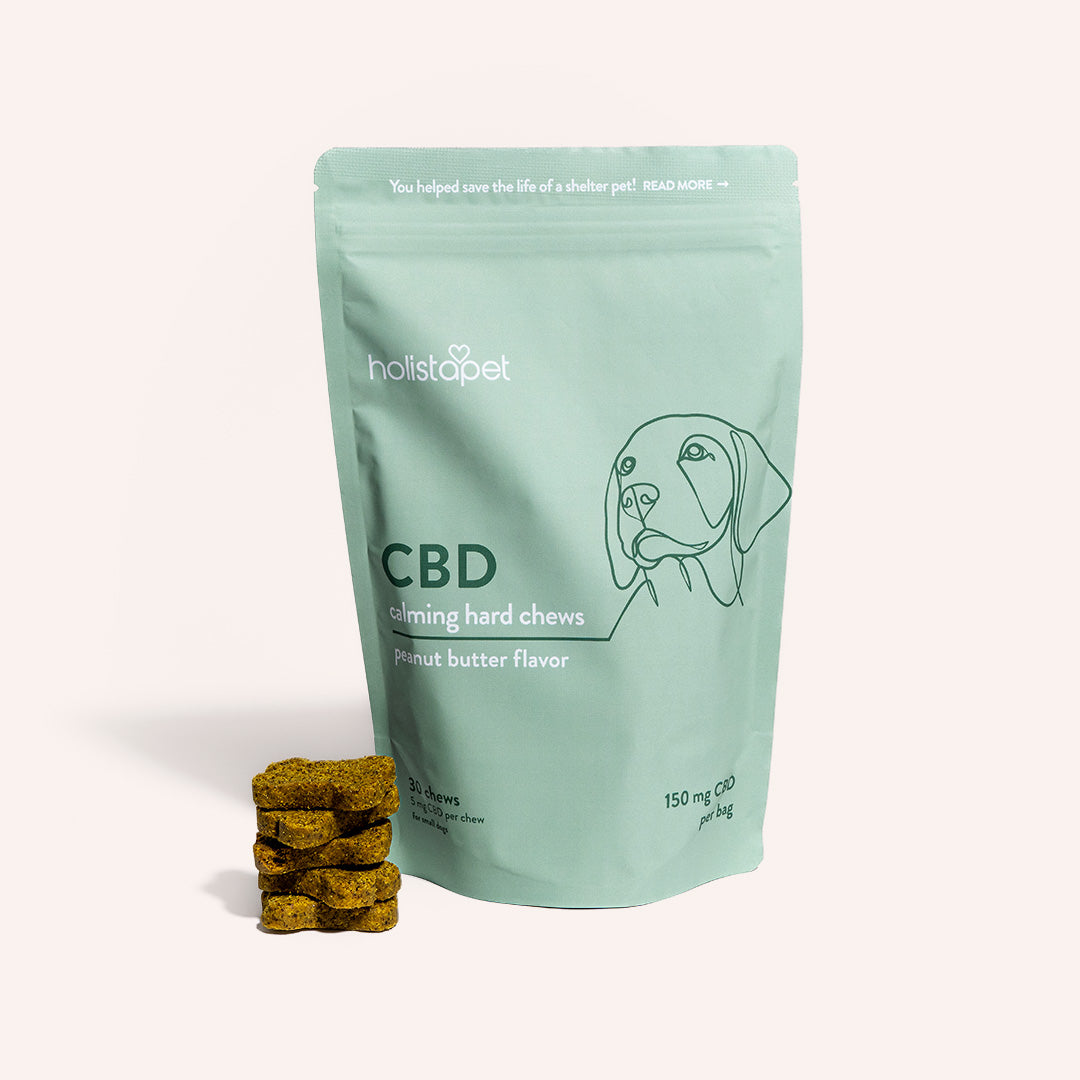
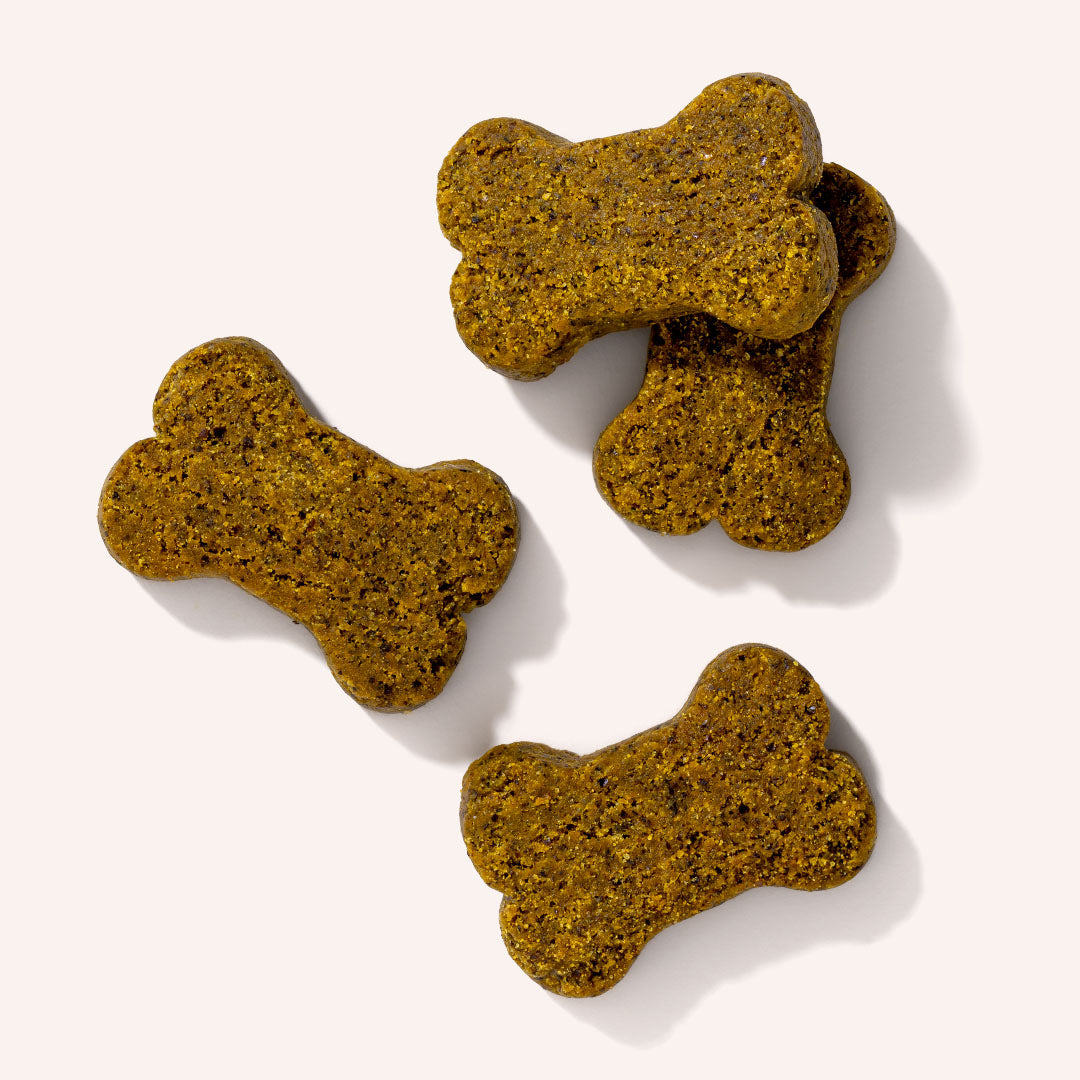
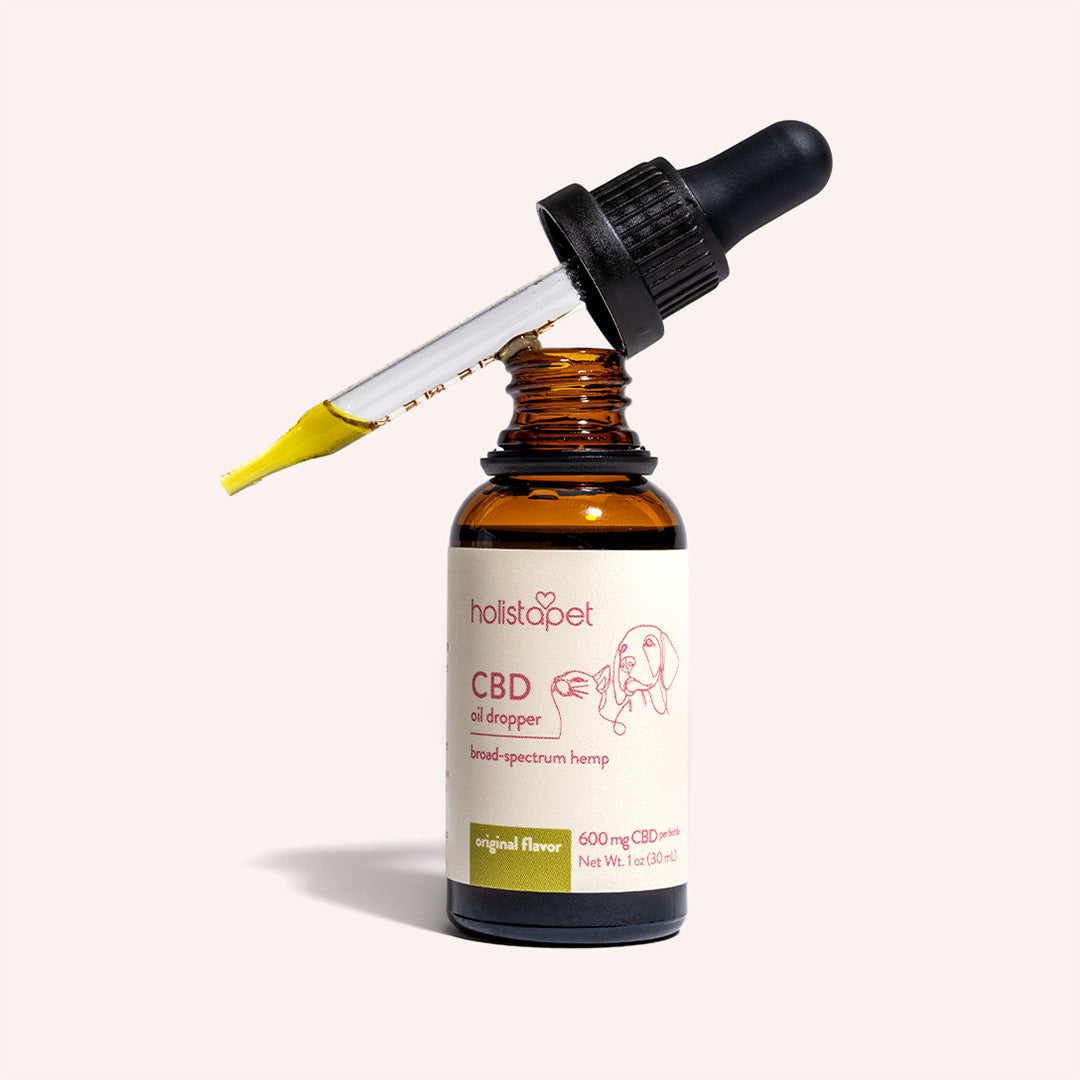
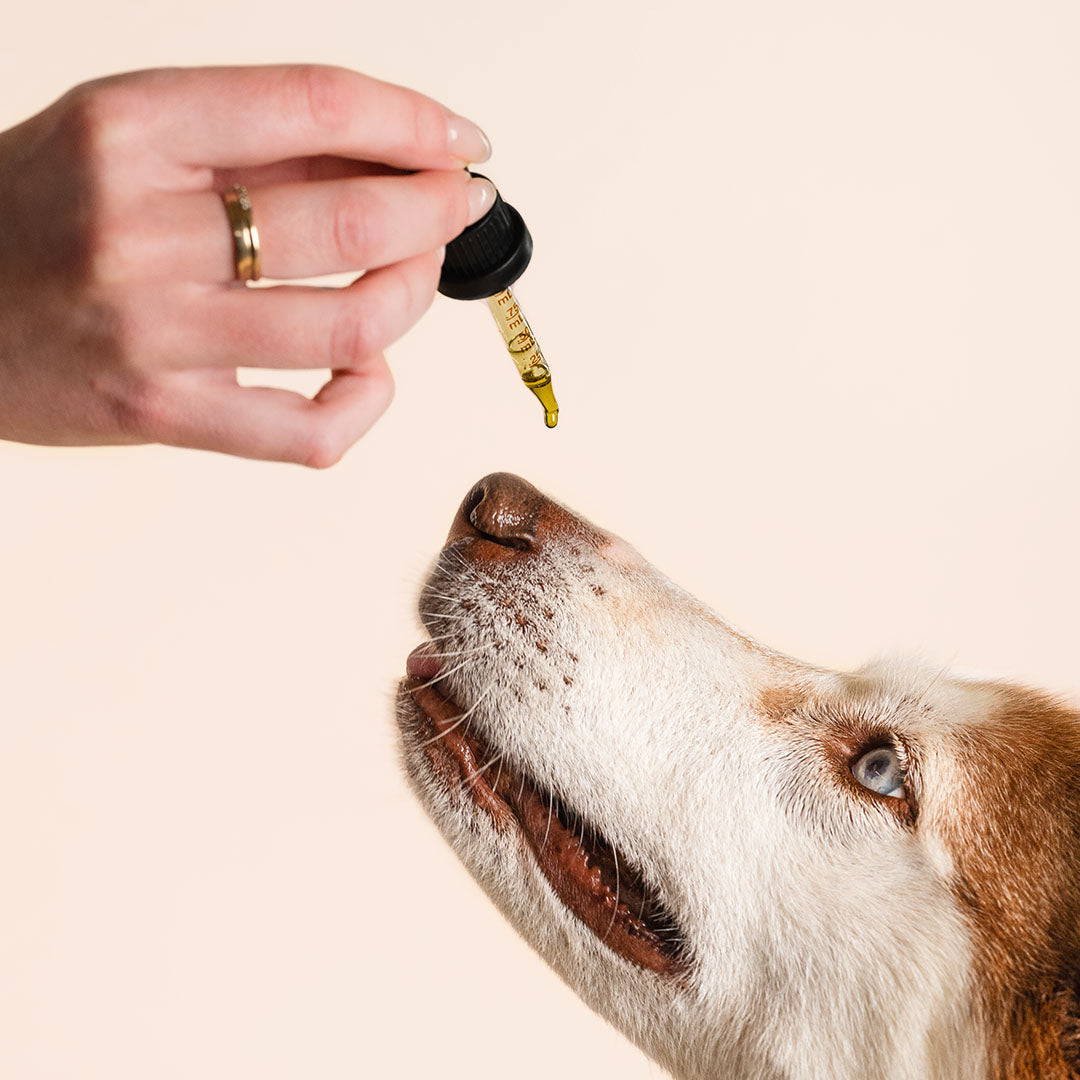
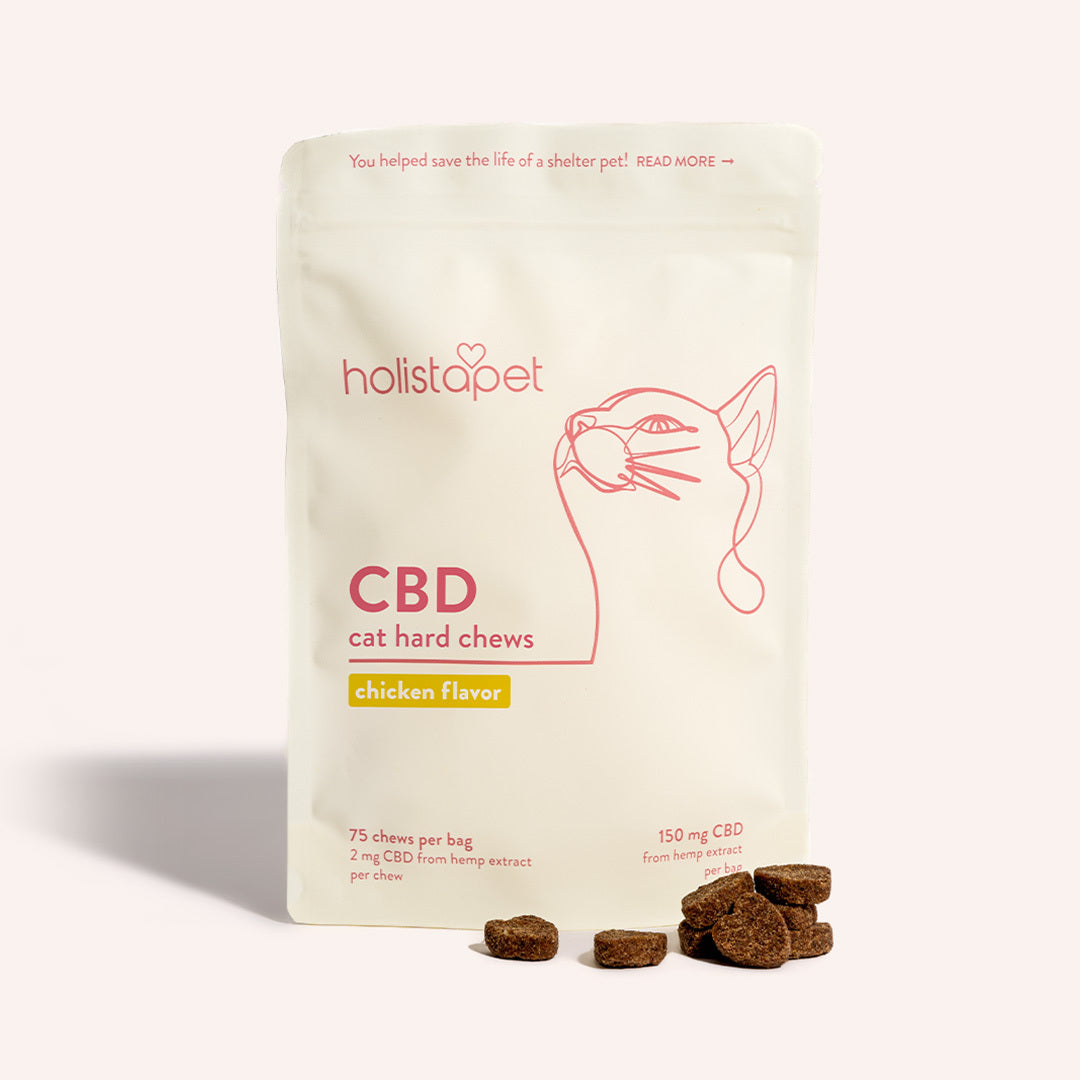

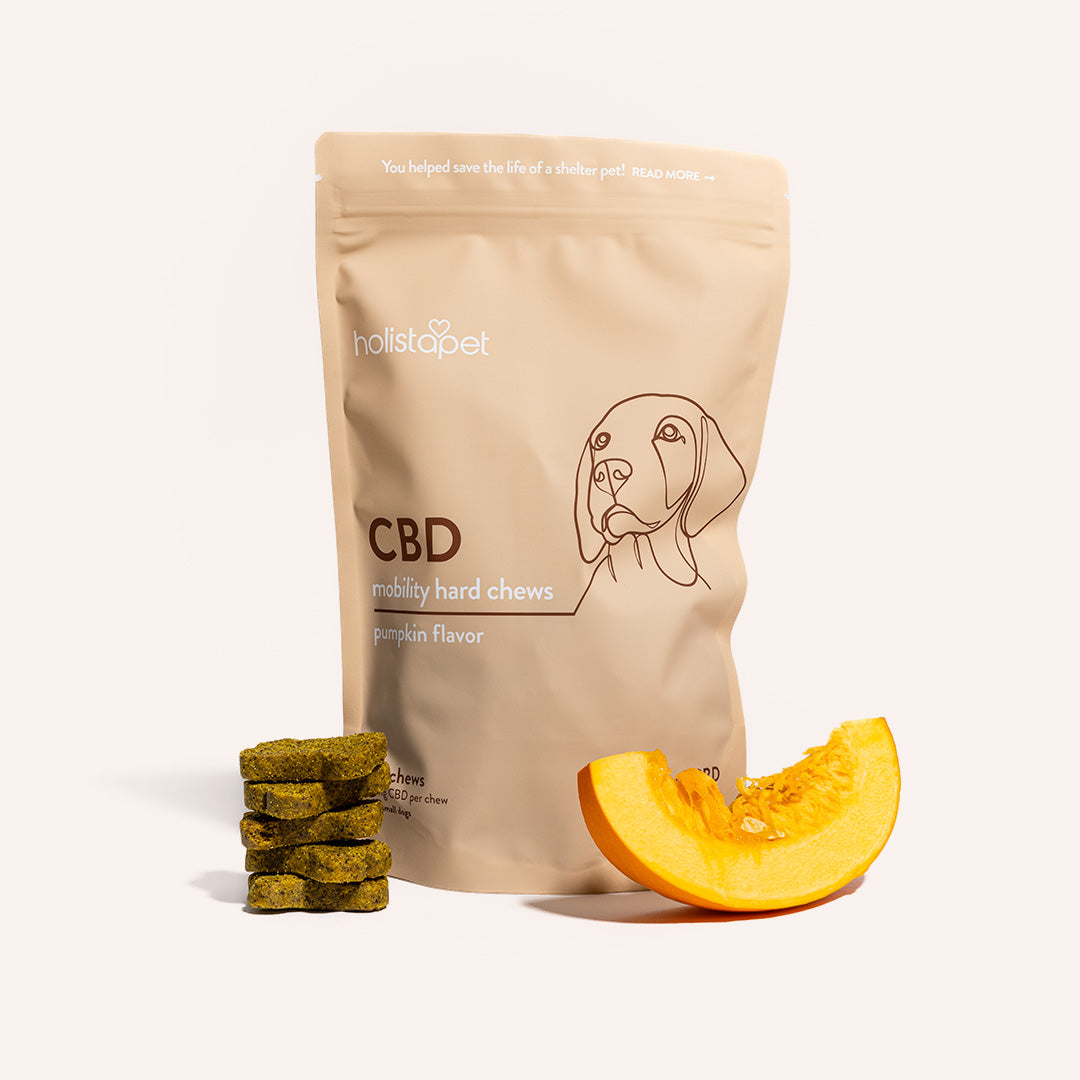
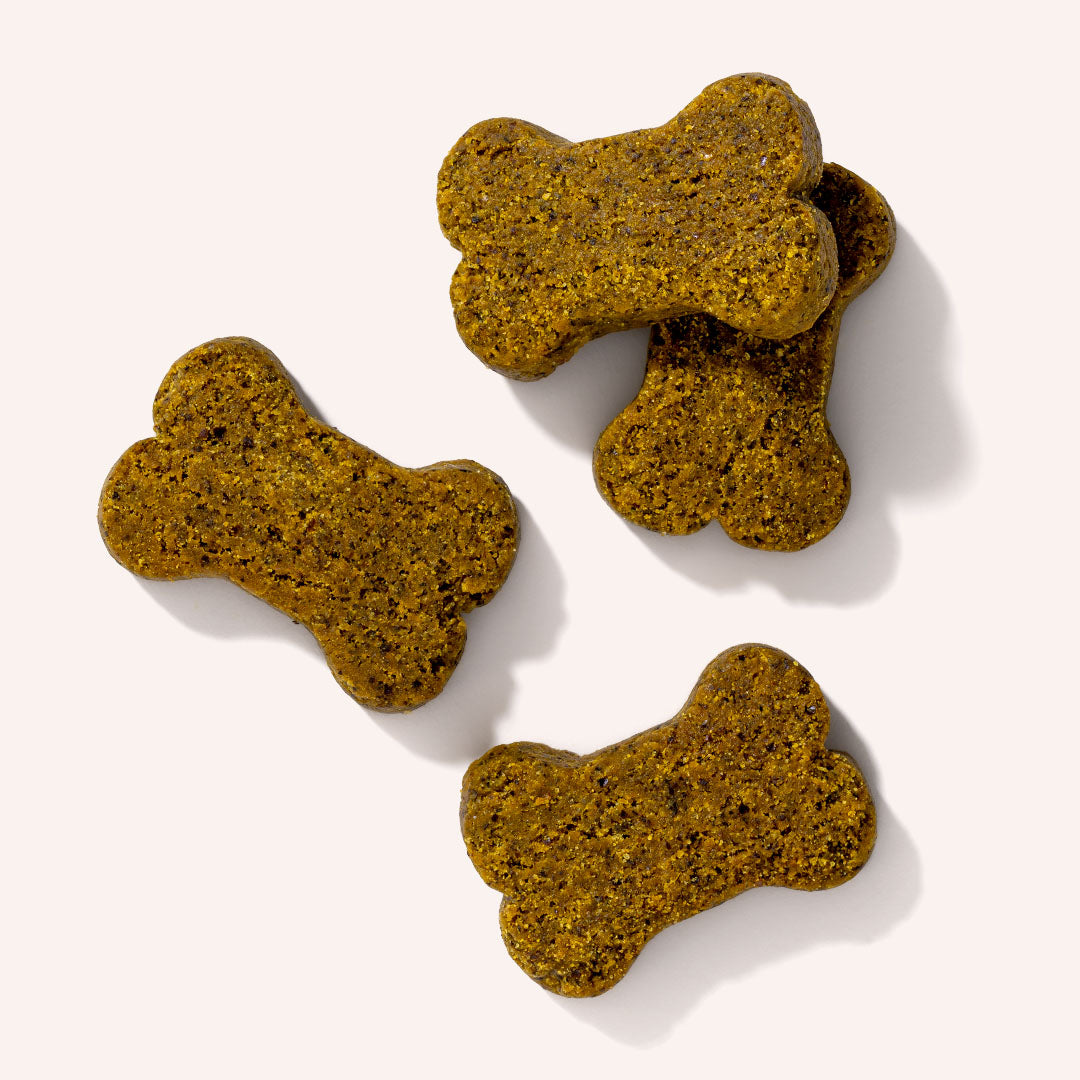


Leave a comment
All comments are moderated before being published.
This site is protected by hCaptcha and the hCaptcha Privacy Policy and Terms of Service apply.